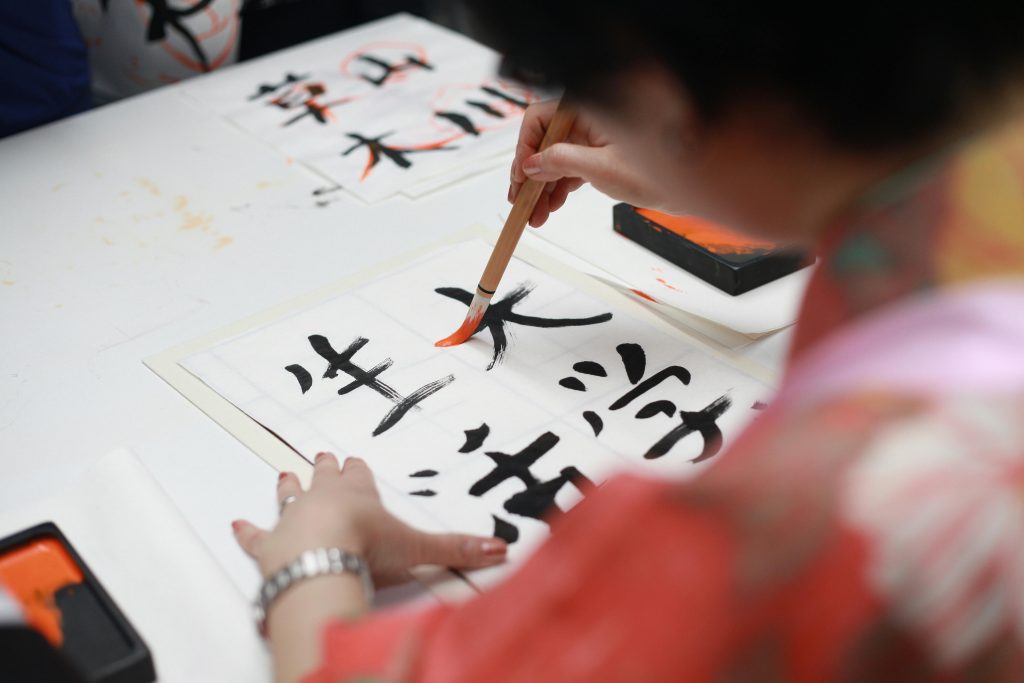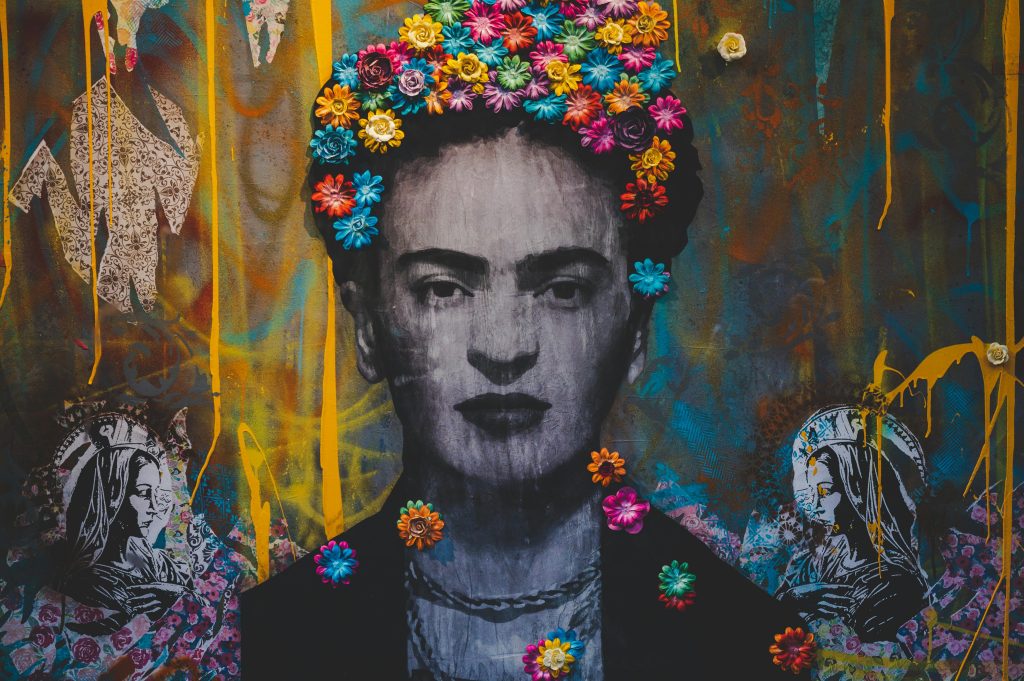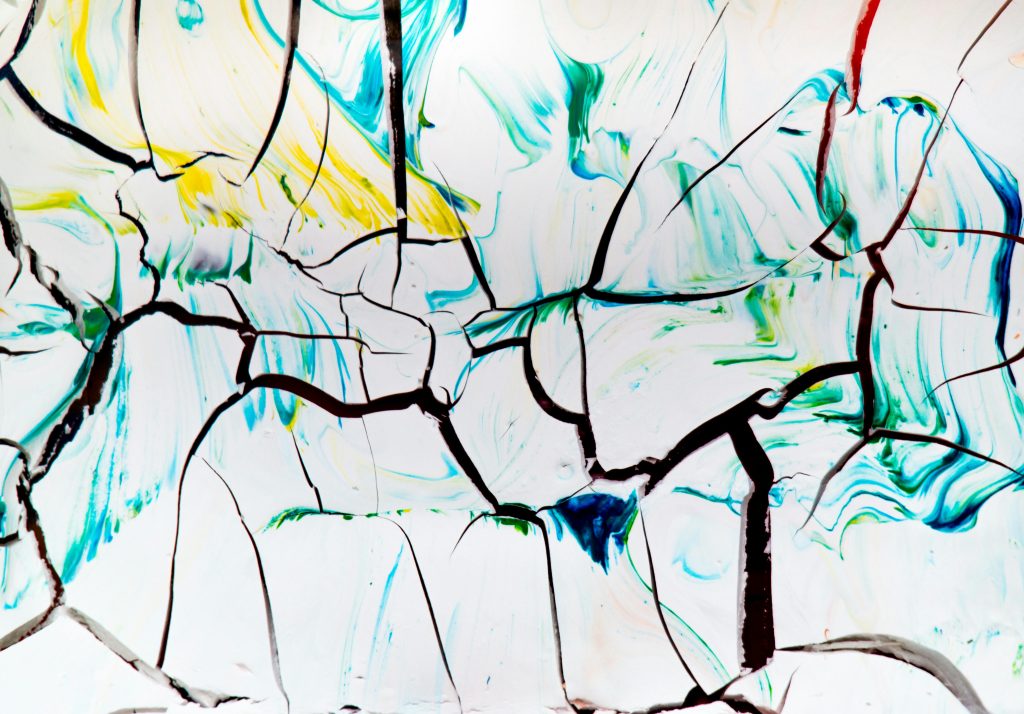Contemporary art has evolved into a dynamic reflection of our interconnected world, where diverse cultures intersect, blend, and redefine artistic expression. Artists today draw inspiration from global influences, weaving narratives that challenge traditional boundaries and celebrate cultural diversity. This article explores how cultural fusion in contemporary art shapes identities, challenges perceptions, and fosters cross-cultural dialogue in an increasingly globalized society.

The Evolution of Cultural Fusion in Art
Historically, art has been influenced by cultural exchange, migration, and trade routes. However, in contemporary times, advancements in technology and communication have accelerated cultural exchange, enabling artists to access and integrate diverse influences more readily. Artists now have the opportunity to engage with global cultures through travel, digital platforms, and multicultural communities, enriching their artistic practice with a tapestry of perspectives.
Global Influences and Artistic Inspiration
Contemporary artists draw inspiration from a multitude of sources, including traditional art forms, folklore, rituals, and contemporary socio-political issues. For instance, artists in diaspora communities often explore themes of identity, belonging, and displacement through their work, incorporating elements of their cultural heritage alongside contemporary artistic techniques.
Cross-Cultural Dialogue and Understanding
Cultural fusion in art serves as a catalyst for cross-cultural dialogue and understanding. By merging elements from different cultural traditions, artists create visual narratives that resonate universally while celebrating cultural specificity. This exchange fosters empathy, challenges stereotypes, and encourages viewers to reconsider their preconceptions about identity and diversity.
Techniques and Artistic Practices
Incorporating cultural fusion into artistic practice involves a variety of techniques and mediums. Some artists combine traditional craftsmanship with modern materials, while others experiment with multimedia installations, digital art, performance art, and collaborative projects. These diverse approaches allow artists to explore complex themes such as globalization, hybridity, and the evolving nature of cultural identity.

Examples of Cultural Fusion in Contemporary Art
- Mixed Media and Collage: Artists like Wangechi Mutu blend collage techniques with African iconography and Western popular culture to critique gender roles and societal norms.
- Digital Art and Virtual Reality: Virtual reality artists like KAWS use digital platforms to create immersive experiences that explore consumer culture and contemporary iconography.
- Street Art and Global Activism: Street artists such as Banksy incorporate political satire and global issues into their work, addressing topics like environmentalism, social justice, and human rights on a global scale.
Impact on Cultural Preservation and Innovation
While cultural fusion in art promotes innovation and creativity, it also raises questions about cultural appropriation and authenticity. Artists navigate these complexities by engaging respectfully with cultural traditions, collaborating with local communities, and acknowledging the origins of their inspirations. Moreover, cultural fusion can contribute to the preservation of endangered traditions by revitalizing interest and awareness among global audiences.
Future Directions and Challenges
As globalization continues to shape contemporary art practices, the future of cultural fusion in art holds exciting possibilities and challenges. Artists and curators play a crucial role in promoting ethical practices, advocating for diverse representation, and amplifying marginalized voices in the global art scene. Additionally, technological advancements and digital platforms will likely further democratize access to cultural expressions and facilitate new forms of artistic collaboration across borders.

Conclusion
In conclusion, cultural fusion in contemporary art represents a transformative journey of exploration, innovation, and dialogue across cultures. Through their work, artists navigate the complexities of identity, globalization, and cultural exchange, challenging viewers to rethink boundaries and embrace diversity. As we continue to navigate an interconnected world, art serves as a powerful medium for celebrating cultural richness, fostering empathy, and inspiring collective action towards a more inclusive future.